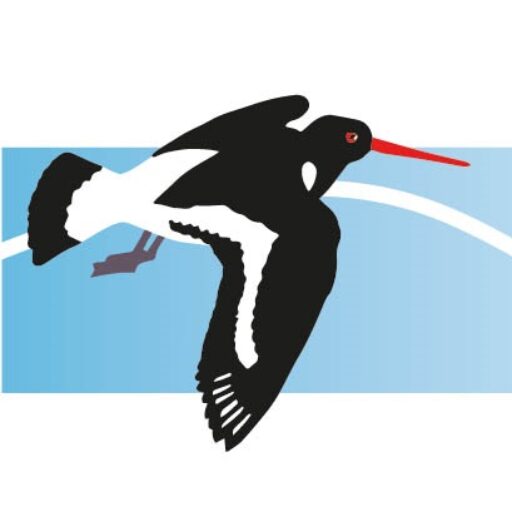Records are required of all species, not just the rarer ones, particularly where they might help illuminate changes in status and distribution, breeding performance, the timing of migration and movements between different areas. Records that are likely to prove particularly useful include:
- arrival and departure dates of migrants,
- first (and last) dates of birds heard singing in your area,
- first (and last) dates of birds seen nest building, feeding young or with fledged young,
- new breeding locations or the cessation of previously held ones,
- comments on increases or decreases of any species in your area,
- breeding densities and success rates, particularly for the commoner species,
- counts of congregations of birds, including roosts, flocks and colonies,
- sightings of birds migrating or involved in hard weather movements,
- records of rarities and birds scarce in the area,
- unusual behaviour, abnormal habitat or occurrences at unexpected times of year.
Many observers might be surprised at the value of their records, particularly when seen in a broader context, so, if in any doubt, please submit them.
Please note that the publication of a record on Birdguides does not guarantee its inclusion in the County Natural History Report and that, from now on, no records of species with a status of scarce, rare or vagrant will be accepted for publication unless attributed to a named observer.
Records should be sent as follows:
- Records of national rarities to the County Recorder as soon as possible after the observation on the CBC Description Form. All such records will be forwarded to the British Birds Rarities Committee for adjudication.
- Records of rarities other than national rarities to the appropriate CBC Regional Recorder. These records should be entered on the above form and submitted as soon as possible after the observation. Adjudication of these will be by the CBC Records Panel who may, if necessary, consult outside authorities.
- All other records, preferably submitted electronically using the template spreadsheet available from Dave Shackleton, the CBC Archivist, or using the CBC Record Cards available from Regional Recorders or any member of the CBC Council. Please submit these promptly to Regional Recorders in January each year.
A full description is required for all national rarities and for species categorised as “vagrant” or “rare” below and also Black-throated Diver, Long-tailed Skua and Cattle Egret – these are listed in the most recent issue of the Cumbria Bird Report and a fully up to date version is on this website > Reporting > Cumbria Bird List. Unless a description is received, no record of any such species will be accepted for publication.
Regional Recorders may also ask for a description of:
- “scarce” or “uncommon” species,
- commoner species seen significantly out of season (e.g. mid-winter Barn Swallow),
- commoner species in an unusual habitat (e.g. a Common Eider on an inland water),
- unusual races (e.g. a Blue-headed Wagtail),
- fairly common, but potentially confusing species seen outside their normal range in Cumbria (e.g. Willow Tit in the south of the county).
If you think a record falls into one of the above categories, contact the appropriate regional recorder for guidance.
Regional Recorders are more likely to request a description of a bird in any of the above categories if it is seen by just a single observer. The simple rule is “take notes”. Sketches and photographs, even poor ones, can sometimes be very helpful in substantiating the identification. Also bear in mind the possibility of a sound recording to help clinch a claim.
What makes a good Description?
- The purpose of writing a description is to convince the Records Panel that you have seen the species that you are claiming.
- It must convince them that it could not have been any other species.
- It must describe all the features that you saw which support your identification and rule out other species.
Here are some examples of Good and Poor things to say in your description, for instance, of Red Kite –
| Good | Poor |
| The tail was long and deeply forked | I knew it was a kite because of its tail |
| The flight was buoyant and relaxed | It flew like a kite |
| It looked noticeably larger than a nearby Buzzard | It looked very large |
| The tail was rufous above and the head pale | It looked just like the illustration in the book |
….or perhaps of Corncrake –
| Good | Poor |
| The call was a persistent rasping “crek – crek” | I knew it was a Corncrake when it called |
| The face and throat looked grey and the upper body had a scaly brown …… etc. | I saw one on Iona and this one was just like it. |
Only a description giving a precise assessment of all the significant features seen is likely to be accepted.
Any photographs showing significant features are very helpful. So are sound recordings as recorded on a mobile phone.
Note: Accepted records are important for an accurate CBC Archive.
Guidance on problematic races can be found at – https://www.bbrc.org.uk/subspecies-information
Species requiring a full description form
Please refer to the Cumbria County List for species that have Rare or Vagrant status. These will require a full description.
